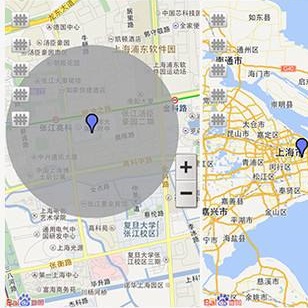Simultaneous Localization And Mapping (SLAM) is a task to estimate the robot location and to reconstruct the environment based on observation from sensors such as LIght Detection And Ranging (LiDAR) and camera. It is widely used in robotic applications such as autonomous driving and drone delivery. Traditional LiDAR-based SLAM algorithms mainly leverage the geometric features from the scene context, while the intensity information from LiDAR is ignored. Some recent deep-learning-based SLAM algorithms consider intensity features and train the pose estimation network in an end-to-end manner. However, they require significant data collection effort and their generalizability to environments other than the trained one remains unclear. In this paper we introduce intensity features to a SLAM system. And we propose a novel full SLAM framework that leverages both geometry and intensity features. The proposed SLAM involves both intensity-based front-end odometry estimation and intensity-based back-end optimization. Thorough experiments are performed including both outdoor autonomous driving and indoor warehouse robot manipulation. The results show that the proposed method outperforms existing geometric-only LiDAR SLAM methods.
翻译:同时本地化和绘图(SLAM)的任务是根据Light探测和测距(LiDAR)和相机等传感器的观测来估计机器人的位置,并重建环境,在自动驾驶和无人驾驶等机器人应用中广泛使用。传统的LiDAR SLAM算法主要利用现场的几何特征,而LiDAR的强度信息被忽视。最近一些基于深层次学习的SLAM算法考虑强度特征,并以端至端方式培训构成估测网络。然而,它们需要大量的数据收集工作,而且除了经过训练的机器人外,它们对于其他环境的通用性仍然不清楚。在本文件中,我们为SLAM系统引入了强度特征。我们提出了一个新的完整的SLAM框架,利用了几何和强度特征。拟议的SLAM涉及基于前端的强度估测值和基于强度的后端优化。进行索罗式实验,包括室内自主驾驶和室内仓库机器人操纵。结果显示,拟议的方法比现有的只使用LiDAR SLAMM的方法要强。




